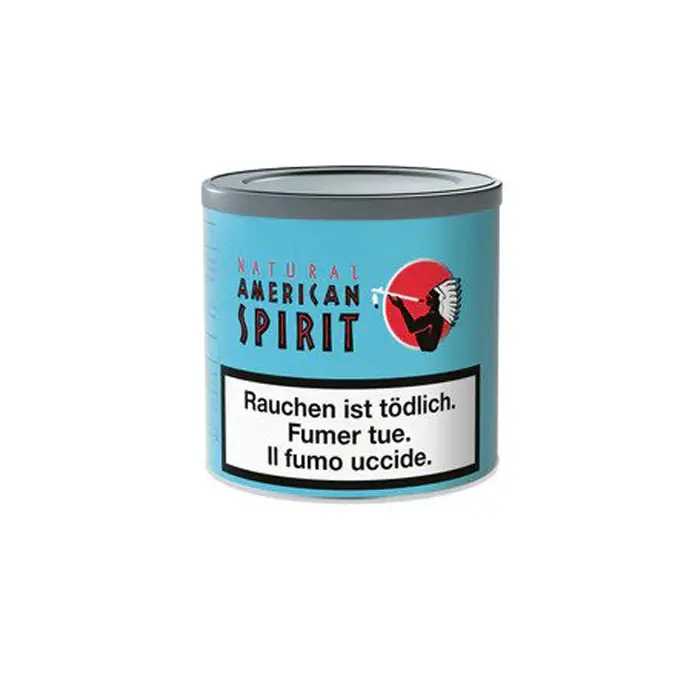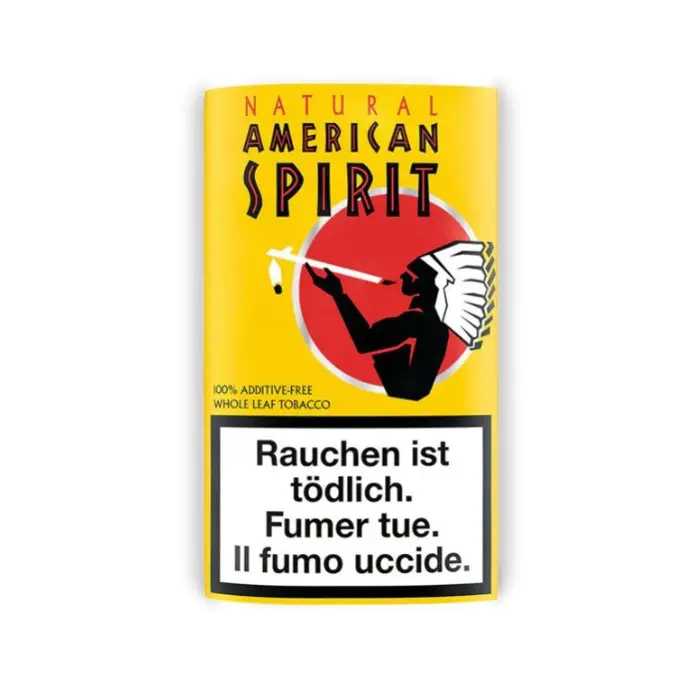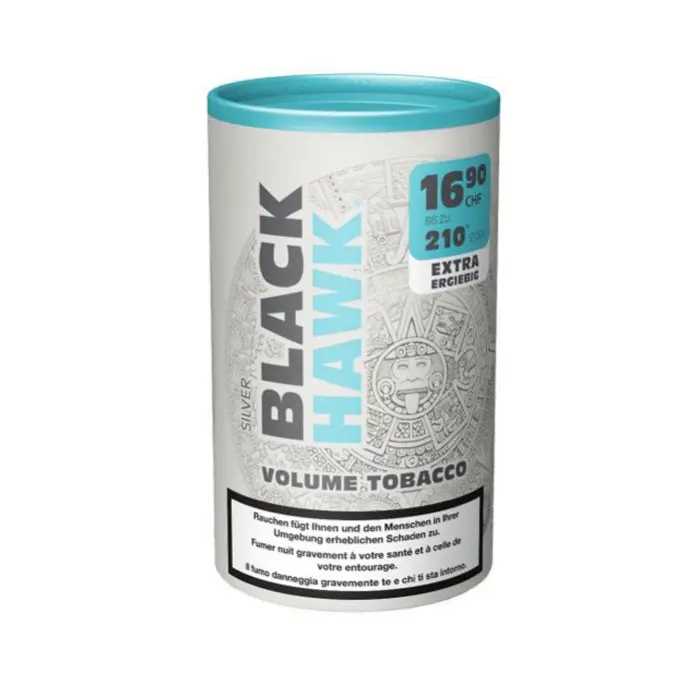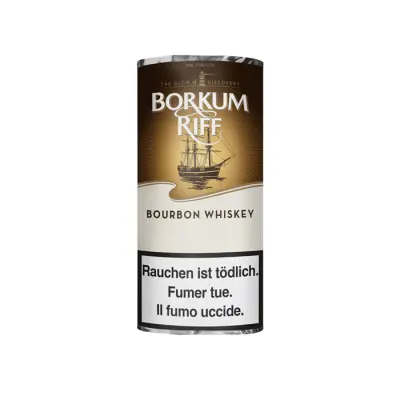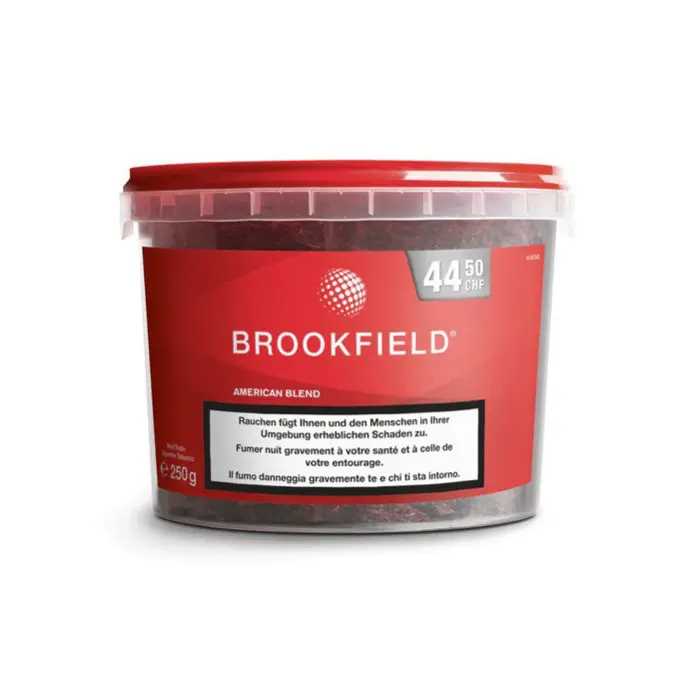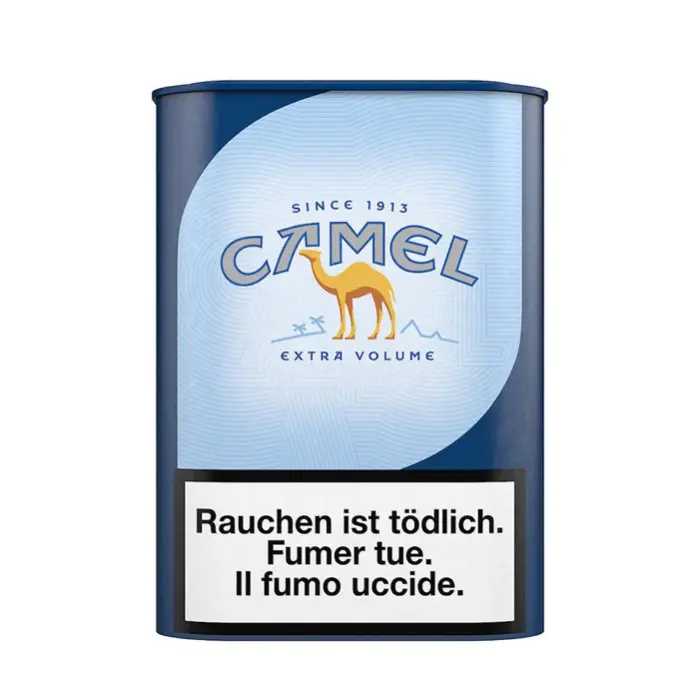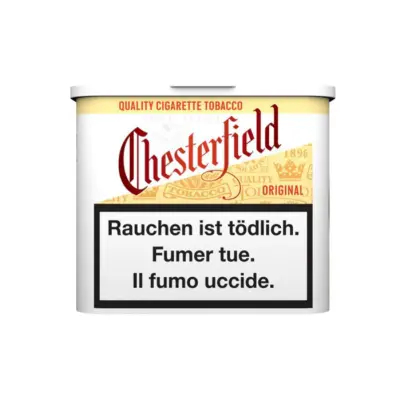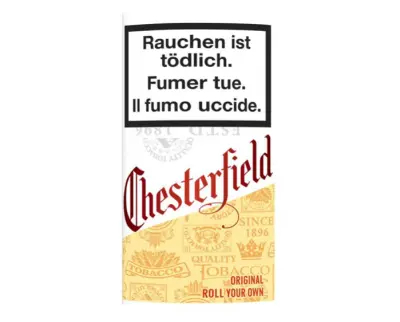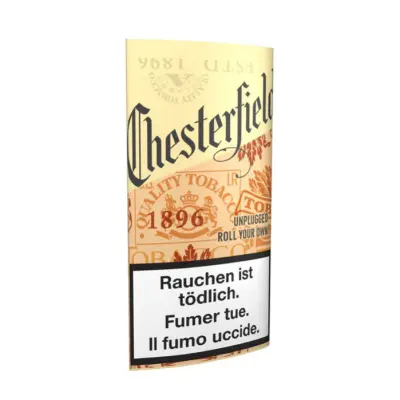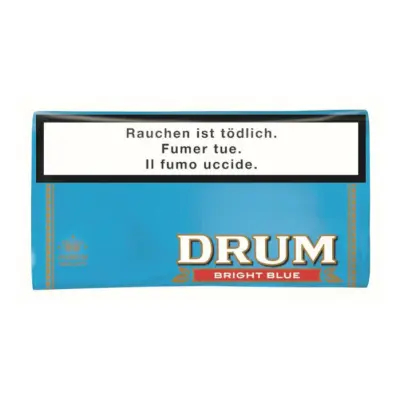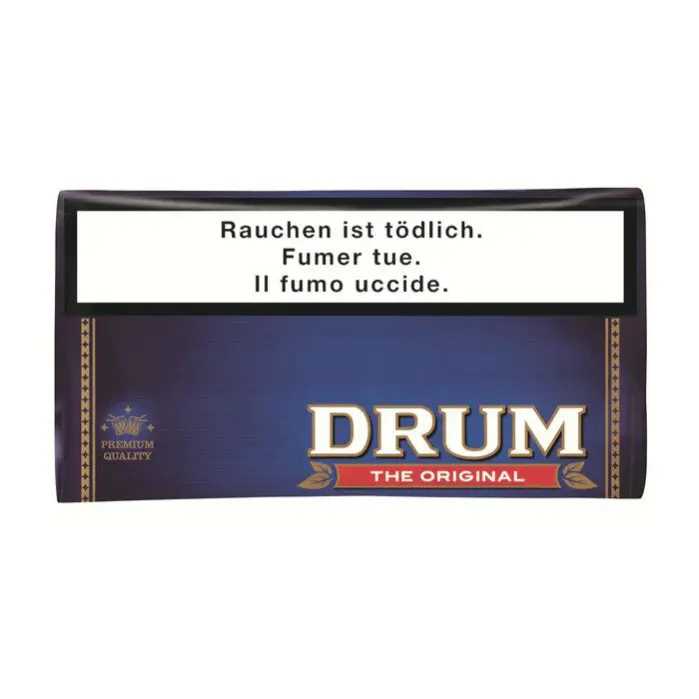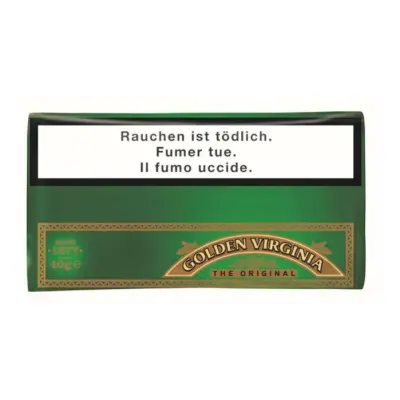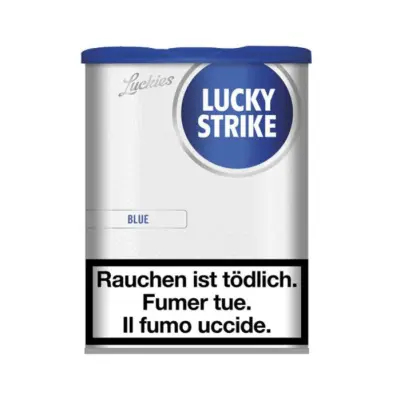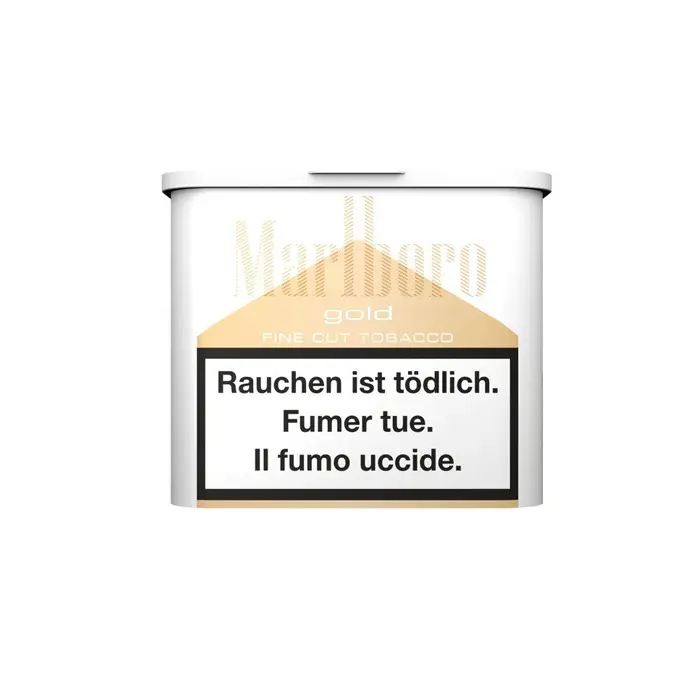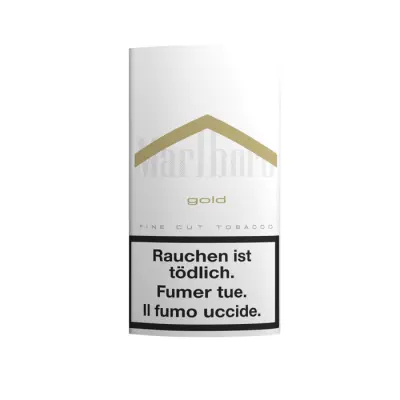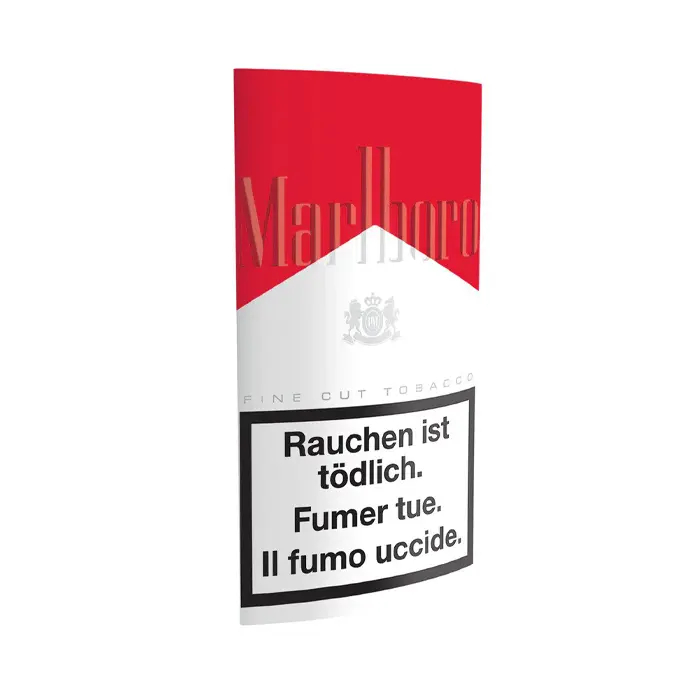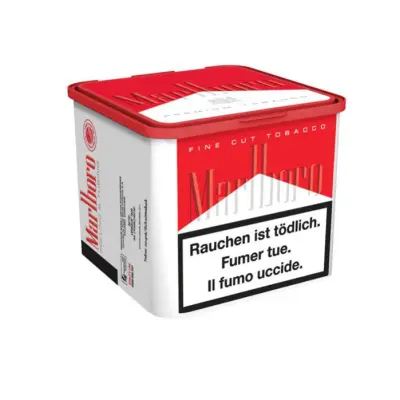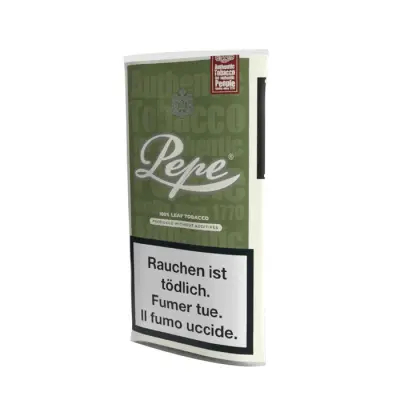Rolling Tobacco Cigarettes
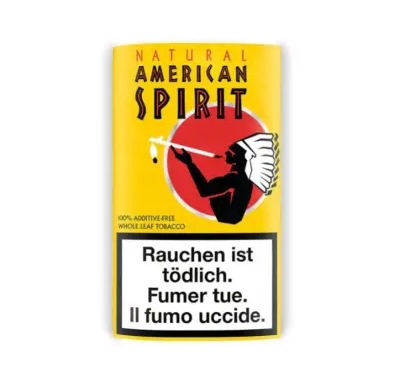
Rolling Tobacco requires specific components and techniques for creating handrolled cigarettes. The process begins with loose tobacco cut in shag style, rolling papers available in multiple sizes and materials, optional cellulose filters to reduce tar intake, and rolling machines for consistent shaping. Users place the rolling paper adhesive-side up, distribute tobacco evenly along the center, optionally position a filter at one end, and shape the tobacco into a cylinder before sealing the cigarette with the adhesive strip. Rolling machines simplify this by holding the paper flat, allowing precise tobacco placement and automated shaping.
Key tools include three paper types (standard, slow-burning, and flavored), three tobacco forms (dry, medium-moisture, and pre-blended), and two filter sizes (6mm and 8mm diameter). Rolling Tobacco achieves customization through adjustable tobacco density and paper material selection. Proper technique involves maintaining even tobacco distribution to prevent uneven burning and gently packing the rolled cigarette to stabilize contents. Optional steps like adding menthol drops to filters or using rice paper for reduced combustion byproducts expand customization.
Other considerations involve storage methods: airtight containers preserve tobacco freshness, while humidity control packs maintain optimal moisture. Travel-friendly rolling kits typically include a 70mm rolling machine, 10g tobacco pouch, and 32mm papers. Regional availability varies, with Virginia Gold and Burley blends being widely accessible, while specialty Turkish or Perique tobaccos require niche retailers.
Frequently Asked Questions
What is your most popular rolling tobacco?
Golden Virginia 40g remains our best-selling hand-rolling tobacco worldwide.
Are American Spirit rolling tobaccos available in the EU?
Yes! American Spirit Natural Ryo Yellow 25g complies with EU weight limits.
Which has the strongest flavor?
Black Hawk Silver Vol Myo Tin 95g offers bold, full-bodied tobacco taste.
Can I get Drum in South Africa?
Drum Original 40g ships from Johannesburg with local tax stamps.
What's special about Pueblo rolling tobacco?
Pueblo Classic Tobacco 25g is additive-free with natural moisture control.

